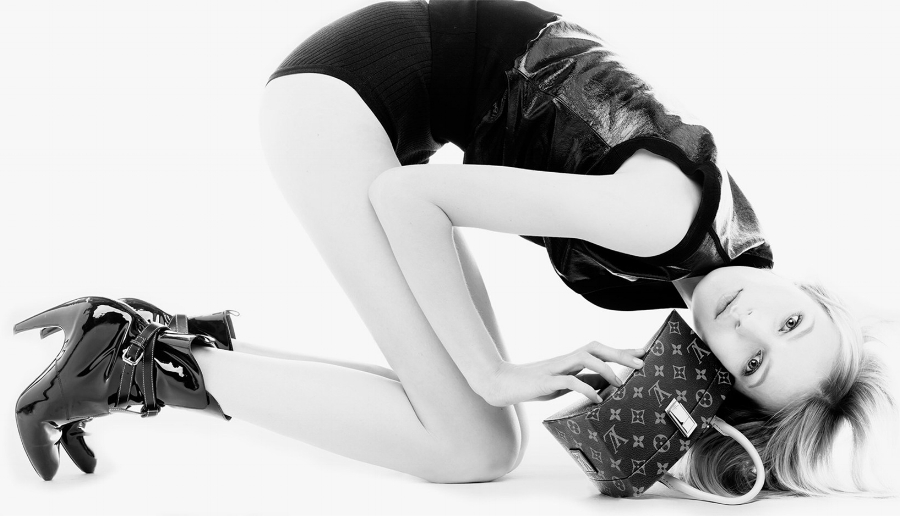
Alexander Wang, Louis Vuitton, Bulgari, Nike, MaxMara, Yves Saint Laurent, Marc Jacobs, and Gucci have all added new U.S. design patents to their arsenals of intellectual property protected designs over the past year or so. This form of protection – which may be granted to anyone who invents a new, original, and ornamental design for an article of manufacture – has been a hot topic in fashion (and beyond) in recent months in particular thanks to the Supreme Court’s December 2016 ruling in Apple v. Samsung, a design patent infringement case.
Apple v. Samsung aside, the aforementioned brands and their design patent-protected shoe, bag, and garment designs join a longer list of brands, which have all looked to this form of protection as a safe haven against copyists. As we have noted in the past, the use of design patent protection – which extends to the appearance of a functional item, such as a purse or shoe, but not the functional item itself – is certainly not a new tactic, as brands have been utilizing such protection for decades.
However, it seems that many have begun to rely significantly on this form of protection, which extends to the “new, original, and ornamental design for an article of manufacture,” only in relatively recent years.
They are a particularly attractive form of protection in the U.S., where copyright and trademark law rarely provide adequate protections for garments and accessories. As such, design patents can help to close the loop in terms of protecting the entirety of a design.
While trademark law, in its most traditional form, does not prove terribly useful in protecting the appearance of a design, a certain sect of it – trade dress – is particularly noteworthy. Given that trademark and trade dress protection – the latter of which protects the look and feel of a product or its packaging – is significantly cheaper to attain than design patent protection, some may wonder whether design patent protection is overkill.
There are some significant hurdles that must be cleared before one can rely on trade dress protection. For instance, in order to claim trade dress infringement in connection with a product’s design, one must first establish that the trade dress has obtained “secondary meaning” or “acquired distinctiveness” in the marketplace. In other words, a designer must show that the public has come to associate the product design with a particular producer of the goods. This is no easy feat, and it is particularly difficult for smaller, lesser-known brands.
Although trade dress protection is valuable (and stands to last much longer than patent protection: indefinitely vs. 15 years), it typically takes at least several years and considerable advertising and marketing expenditures before the requisite secondary meaning or acquired distinctiveness can be established.
Moreover, during the time period in which the designer is working to achieve that required level of secondary meaning, he is more or less out of luck in terms of protection when it comes to copycats. On the other hand, design patent protection is typically granted long before this level of distinctiveness can be met, enabling the design patent owner to deal immediately with infringers.
While the Apple v. Samsung case stands to change how design patent infringement is measured in terms of damage awards, this legal trend of sorts does not appear to be going away anytime soon.










